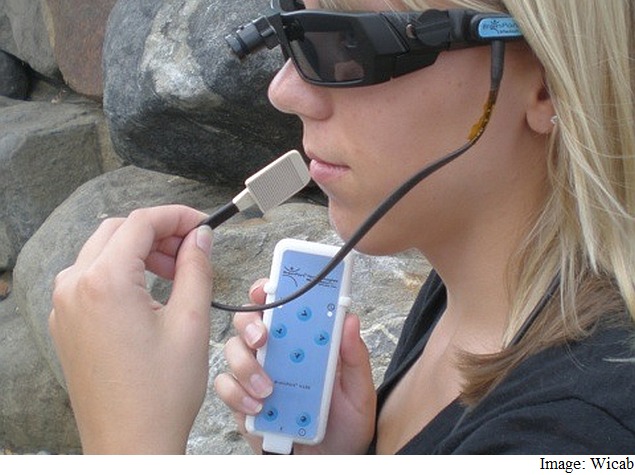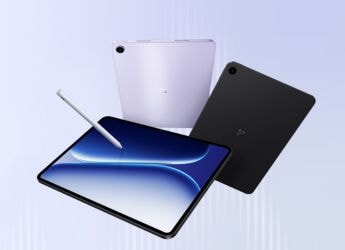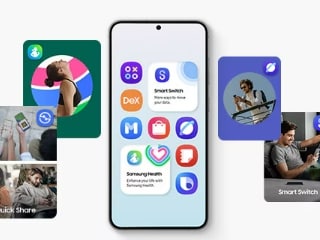- Home
- Science
- Science News
- Device That Lets Visually Challenged to 'See' With Their Tongues Approved
Device That Lets Visually Challenged to 'See' With Their Tongues Approved

Software converts the image captured by the video camera into electrical signals that are then sent to the intra-oral device and perceived as vibrations or tingling on the user's tongue.
With training and experience, the user learns to interpret the signals to determine the location, position, size, and shape of objects, and to determine if objects are moving or stationary.
"Medical device innovations like this have the potential to help millions of people," said William Maisel, deputy director for science and chief scientist in the FDA's Center for Devices and Radiological Health.
Clinical data supporting the safety and effectiveness of the BrainPort V100 included several assessments, such as object recognition and word identification, as well as oral health exams to determine risks associated with holding the intra-oral device in the mouth.
Studies showed that 69 percent of the 74 subjects who completed one year of training with the device were successful at the object recognition test.
Some patients reported burning, stinging or metallic taste associated with the intra-oral device. There were no serious device-related adverse events.
The device has been developed by Wicab, Inc, in Middleton, Wisconsin, and is expected to cost about $10,000 (roughly Rs. 6,35,400) when it becomes commercially available.
Get your daily dose of tech news, reviews, and insights, in under 80 characters on Gadgets 360 Turbo. Connect with fellow tech lovers on our Forum. Follow us on X, Facebook, WhatsApp, Threads and Google News for instant updates. Catch all the action on our YouTube channel.
- Samsung Galaxy Unpacked 2025
- ChatGPT
- Redmi Note 14 Pro+
- iPhone 16
- Apple Vision Pro
- Oneplus 12
- OnePlus Nord CE 3 Lite 5G
- iPhone 13
- Xiaomi 14 Pro
- Oppo Find N3
- Tecno Spark Go (2023)
- Realme V30
- Best Phones Under 25000
- Samsung Galaxy S24 Series
- Cryptocurrency
- iQoo 12
- Samsung Galaxy S24 Ultra
- Giottus
- Samsung Galaxy Z Flip 5
- Apple 'Scary Fast'
- Housefull 5
- GoPro Hero 12 Black Review
- Invincible Season 2
- JioGlass
- HD Ready TV
- Laptop Under 50000
- Smartwatch Under 10000
- Latest Mobile Phones
- Compare Phones
- Realme P4x 5G
- OnePlus Ace 6T
- Nubia Flip 3
- Nubia Fold
- OPPO A6x 5G
- Samsung Galaxy Z TriFold
- Poco F8 Ultra
- Poco F8 Pro
- Asus ProArt P16
- MacBook Pro 14-inch (M5, 2025)
- Poco Pad M1
- Poco Pad X1
- Just Corseca Skywatch Pro
- Honor Watch X5
- Acerpure Nitro Z Series 100-inch QLED TV
- Samsung 43 Inch LED Ultra HD (4K) Smart TV (UA43UE81AFULXL)
- Asus ROG Ally
- Nintendo Switch Lite
- Haier 1.6 Ton 5 Star Inverter Split AC (HSU19G-MZAID5BN-INV)
- Haier 1.6 Ton 5 Star Inverter Split AC (HSU19G-MZAIM5BN-INV)












